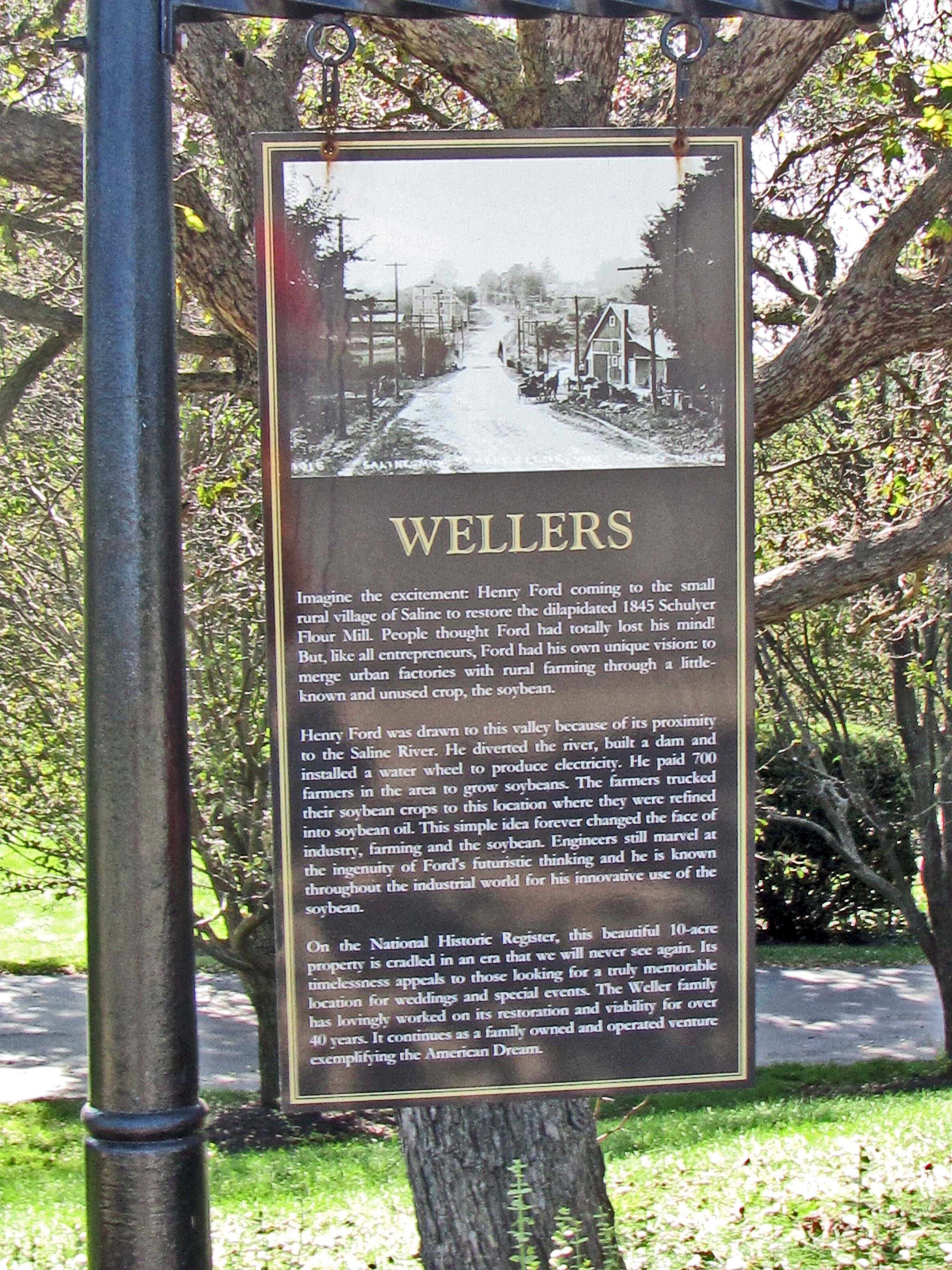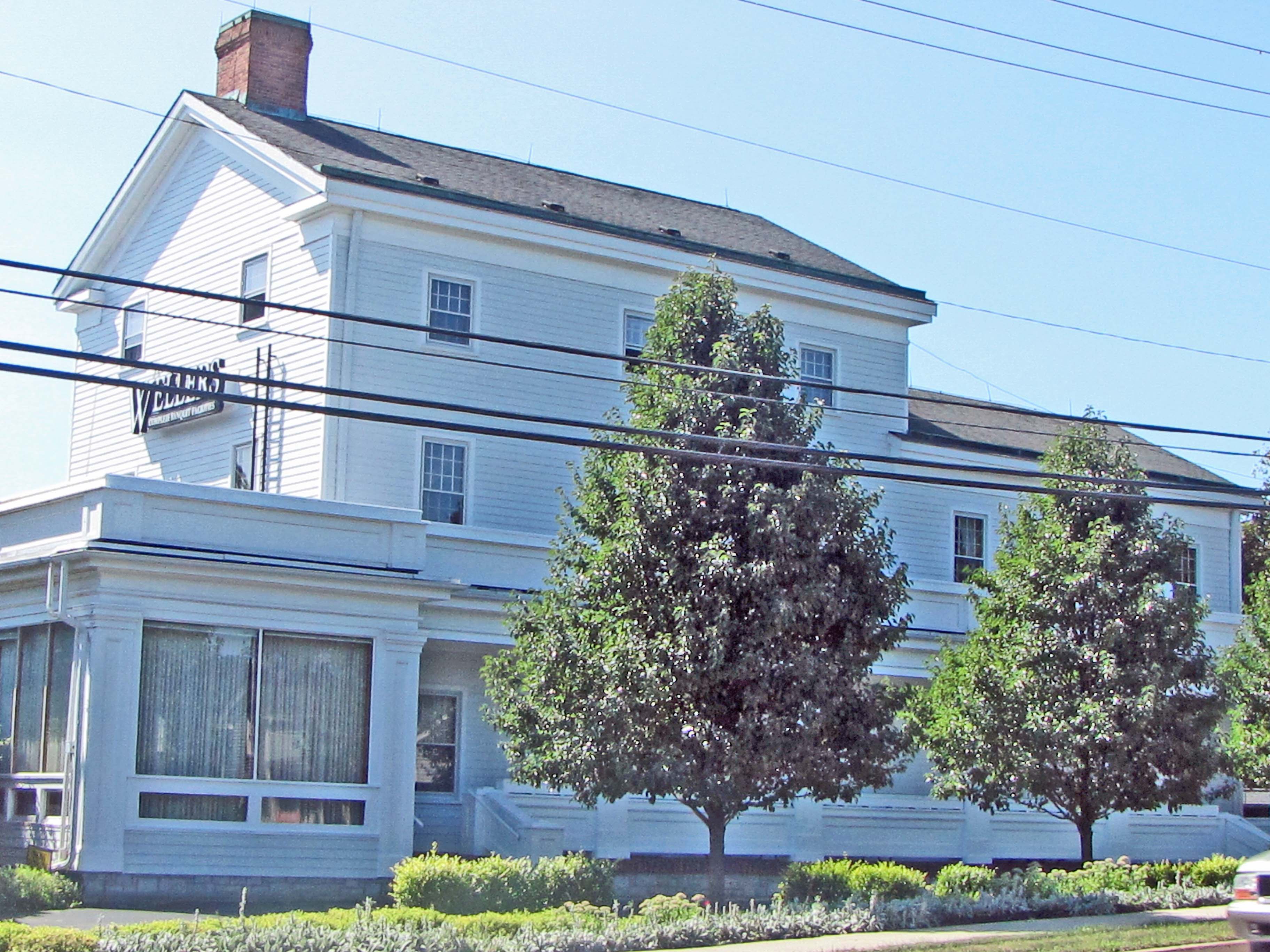

Henry Ford had numerous unusual ideas that distinguished him from professionally trained businessmen and engineers. At the end of World War I, he developed the idea for Village Industries. His huge Highland Park plant produced thousands of Model T’s every day; indeed, production was so high and increasing so rapidly that he began to shift vehicle production to the River Rouge plant that he developed several years earlier for building boats for the Navy. Those plants eventually hired tens of thousands of men. Ford needed many small parts every day for his busy production lines. He decided to manufacture small parts plants in villages and towns near Detroit. Apparently, he had several reasons for doing this, but there is still debate about those reasons.
The Village Industries were small plants located in rural areas fairly close to Dearborn that employed modest numbers of workers. They worked in a setting similar to Nineteenth Century manufacturing rather than the massive production line strategy that Ford perfected. Henry Ford never wrote a long explanation for why he experimented with village industries. Furthermore, since he made all the key decisions for his firm, he did not have to present a management plan to a Board of Direc tors nor gain the approval of federal or state agencies. Those who have written about the Village Industries speculate that Henry Ford knew that farmers’ incomes were low and that some of them could work in a nearby plant and still maintain their farms. This may have been his motivation. Henry Ford also had a consistent interest in what we now call alternative sources of energy. By the end of World War I, he believed that the world would someday run out of petroleum and have to turn to other sources. He used coal extensively to power his major production plants. Indeed, he owned coal mines in Kentucky and purchased the Detroit Toledo and Ironton Railroad to bring that coal to Dearborn. He knew the high cost of mining and transporting coal and the challenges of burning it efficiently. Thus, many or most of his Village Industry plants were former water-powered mills located on. In several of them, Ford insisted that long-idle water power system be restarted. Ford believed that the United States would not or, perhaps should not, become a nation of huge cities. He expected the growth of many moderate-sized cities, so his anti-urban views may have encouraged him to experiment with Village Industries. By the time he started his village industries—about 1920—the huge Studebaker plant in Detroit had been unionized. Ford consistently opposed unions and this may have played a role in his decision to create small plants in rural areas, but I have never seen any documentation of this. Ford employed black workers in his Dearborn and Highland Park plants, but apparently only one Village Industry—Ypsilanti—hired black workmen.
tors nor gain the approval of federal or state agencies. Those who have written about the Village Industries speculate that Henry Ford knew that farmers’ incomes were low and that some of them could work in a nearby plant and still maintain their farms. This may have been his motivation. Henry Ford also had a consistent interest in what we now call alternative sources of energy. By the end of World War I, he believed that the world would someday run out of petroleum and have to turn to other sources. He used coal extensively to power his major production plants. Indeed, he owned coal mines in Kentucky and purchased the Detroit Toledo and Ironton Railroad to bring that coal to Dearborn. He knew the high cost of mining and transporting coal and the challenges of burning it efficiently. Thus, many or most of his Village Industry plants were former water-powered mills located on. In several of them, Ford insisted that long-idle water power system be restarted. Ford believed that the United States would not or, perhaps should not, become a nation of huge cities. He expected the growth of many moderate-sized cities, so his anti-urban views may have encouraged him to experiment with Village Industries. By the time he started his village industries—about 1920—the huge Studebaker plant in Detroit had been unionized. Ford consistently opposed unions and this may have played a role in his decision to create small plants in rural areas, but I have never seen any documentation of this. Ford employed black workers in his Dearborn and Highland Park plants, but apparently only one Village Industry—Ypsilanti—hired black workmen.
Henry Ford established 19 village industries in southeast Michigan: the first one—in Northville—opened in 1920, while the last one—in Cherry Hill—started production in 1945. Only two of the 19 small factories closed before the end of World War II, but 16 of them were shuttered between 1947 and the late 1950s. The one in Northville remained in operation until 1989. The employment in the factories ranged from a low of just 19 workers in this and the Sharon Mills plants to about 1,500 in the Ypsilanti plant.
The original mill at this location was built by David Schuyler Haywood in 1845 and became known as the Schuyler Mill. It led to the development of the small settlement known as Barnegat. In 1856, a large Greek Revival Home was built to adjoin the mill. This is a component of the campus that you now see when you visit this very carefully landscaped location. Many Michigan businesses prospered during and after the Civil War, but the Schuyler Mill was an exception. It closed shortly after 1865.
I do not know what use was made of the mill for the next seven decades but, in 1938, Henry Ford purchased the three-story mill and converted it into one of his village industries. He made it into a soybean extractor plant producing plastic parts for vehicles such as steering wheels. The plant also turned out a soybean-water based paint. Pigments, oil- presumably used oil- and protein solutions were shipped from the Highland Park plant to Saline for processing. The Saline Mill was the first place that Henry Ford made plastic parts. This Village Industry closed in 1947. About 15 years later, the Ford firm built a very large plastics plant on the other side of Saline that employed as many as 2,500 workers. That modern factory continues to operate and supply the vehicle industry, but is no longer a Ford property.
Ford was a collector of a great diversity of historical items. There was a one-room Greek Revival school building in the Saline area known as the Hoyt-Summer school. In 1943, Ford had that historical school building moved to the grounds of this Village Industry.
Shortly after his death in 1947, the management of the Ford Motor Company began shutting down the Village Industries. I presume that most of them were inefficient producers. Those individuals who purchased this Saline property turned it into the Sauk Trail Inn. It has gone through several name changes and renovations and is now known as Wellers, a banquet hall with facilities for social gatherings such as weddings and retirement parties. It is exceptionally well maintained but I do not know how much of what you see today was built by David Schuyler Haywood, nor what was here when Henry Ford made his investment in 1938. The large building pictured above is, basically, the original mill building updates and modernized.
State of Michigan Registry of Historic Sites: P4119
State of Michigan Historical Marker: Not yet put in place
National Register of Historic Places: Listed May 8, 1996
Use in 2010: This former mill is now Wellers Weddings, Inc.; an establishment that provides space and services for weddings, receptions and other social events.
Website for current proprietors: http://www.wellersweddings.com/
Book: Recasting the Machine Age: Henry Ford’s Village Industries. Howard P. Segal (Boston: University of Massachusetts Press, 2005)
Photograph: Ren Farley; August 25, 2010
Description prepared: August, 2010
Return to Ford Village Industries
Return to Home Page